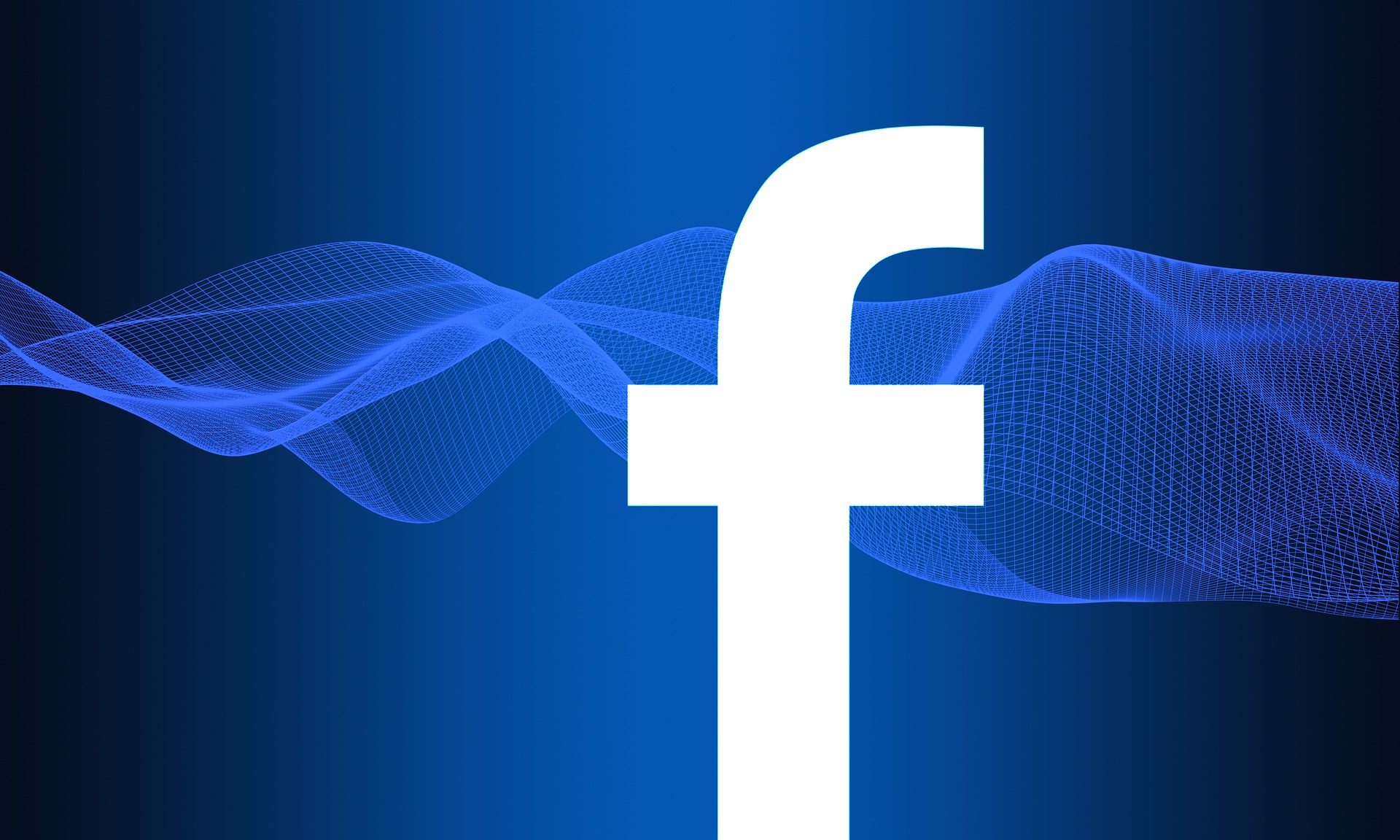Let’s face it. Facebook ads are difficult. You’ll be hard pressed to find any professional that hasn’t undergone a rollercoaster of emotion when it comes to setting up and optimizing ads. With so many different options, targets, and placements, it can be impossible to know what will work best for your business. And what the hell is a pixel?
After 6 years of learning, strategizing, and managing Facebook ads, I’ve come up with a list of the 5 most common mistakes and pitfalls I see when looking at a new clients account. If you can recognize these and take the necessary steps to avoid them, your campaigns will be on their way to conversions in no time!
Pitfall #1- Bad Copy
Bad copy should never happen to anyone. But it’s out there. You decide last minute to start running a Facebook campaign. So, you slap together some images, take a guess on your audiences, and put together some copy you think will get people interested in your product or service. Then crickets. Just like with images, your copy is at the forefront of your ads.
Avoid it
Your copy should be well thought out, planned ahead of time, and written by a professional copywriter (if you don’t have the skills). Use different text lengths, headlines, descriptions, CTA’s, etc. Just like with images, you should be testing variations of these. Proofread for misspellings, grammatical errors, and layout. Trust me. Many times I let ads publish without proofreading. It doesn’t make you or your business look good if your ad copy is sloppy.
Pro Tip- It may be a good idea to test disclosing as much info in the ad as possible. This will qualify your leads before they click over. For example, on a recent Kickstarter campaign I was running, when I did not disclose that the ad was for a Kickstarter campaign, clicks were high but conversions were low. I believe this was because people were expecting to click the ad and purchase the product right away. But when I added a line in the text about backing the Kickstarter campaign, clicks decreased slightly, but the conversion rate increased. I told people exactly what the ad was about. This is also a great place to disclose discounts or promotional offers.
Pitfall #2- Bad Audience Targeting
There’s a phrase in the marketing world for advertisers who select seemingly random audiences in an effort to get their ads seen by as many people as possible. It’s called Carpet Bombing. There’s a time and place for Carpet Bombing (advertising for restaurants, department stores, or businesses that have many target demographics). Your campaigns are likely not it. When you don’t research and test your audiences, you’re doing your ads (and wallet) a disservice. Proper audience targeting is probably the single most important thing you can do to make your ads a success.
Avoid it
Facebook offers so many options when it comes to targeting, that sometimes it can be overwhelming. Create buyer personas and do your audience research several days, if not weeks, before your ads go live. Do not take this lightly! Using tools such as Google Analytics, SEMRush, and SpyFu will help you research your competition, see their ads, and gain valuable insights about visitors already coming to your website. Create a spreadsheet with all the audiences you find that may be useful. You can even go through Facebooks suggested audiences by typing an audience in the demographics targeting box (at the ad set level) and seeing what other similar audiences Facebook suggests. You can target people by their interests, job titles, education, life events, and so much more. But don’t get sucked into Audience oblivion! Only target audiences that are relevant to your product or service.
Pro Tip- Don’t group a bunch of audiences into one ad group. When you do this you’ll never be able to tell what audiences convert and which ones do not. By targeting one audience per ad set, you’ll be able to scale the converting audiences, and drop the non-converters. Keep track on your spreadsheet which audiences are working so you’ll know to use those again later in a different campaign. Audience sizes can vary. But if you’re in the US, try to aim for an audience size of about 50,000-100,000 people.
Pitfall #3- Bad Images
Images are the first thing your audience will notice about your ad. You only get one chance at a first impression, so make it count! Quite often clients will send me grainy iPhone pictures, images that have nothing to do with their message, or graphics they slapped together themselves last minute because they couldn’t afford a designer. But the truth is, these are not acceptable! Remember that Facebook is loaded with great images, and you’re competing with people in the same niche, who are likely spending more than you are, so your images need to reflect your company and your message.
Avoid it
If you’re serious about your Facebook ads and you want to see a return on your investment, then hire a graphic designer that’s experienced in your niche, or at least with Facebook ads. Consider it an investment. Since Facebook offers several different ad types, you can reuse these images over and over again. If your budget is low, you can often find great designers on freelance websites such as Fiverr and Upwork. As a last resort, if you cannot hire anyone, Facebook offers free stock images from Shutterstock that you can use. When you create your ad, select the option to add a new image. Then at the top of the box, select “Stock Images” and choose the image that best represents your company or your message.
Pro Tip- Test multiple image designs. Don’t put all your eggs in one basket by using a single image. Create ads using 3-5 different images and ad formats and scale the one that performs the best.
Pitfall #4- Placements
Most times, amateur advertisers use the “Automatic Placements” and “All Devices” options that Facebook has selected by default. This is fine if you don’t know the difference between each placement, or you want to reach as many people as possible for your budget. But if you want signups, link clicks, likes to your page, or other engagement, then leaving these options at their default may be costing you money.
Avoid it
Device- There are many things you can do here to optimize your ads and increase engagement. One option is to create separate campaigns for desktop and mobile traffic. Leaving all other campaign options the same, simply select the mobile or desktop only option in the ad set, then create your mobile or desktop ads. Once the data starts coming in, you’ll be able to see which placement performs the best, and then you can scale from there.
Platform- As I mentioned above, if your main goal is to reach as many people as possible for your budget, and you aren’t concerned with clicks, signups, or engagement, then you can leave the “Automatic Placements” options as is. But seasoned professionals know that this option is usually not the best. Here a brief explanation of what the different placement options available to you are:
Instant Articles is a tool designed for media publishers to distribute fast, interactive articles to their readers within the Facebook mobile app and Messenger. These can load up to 10 times faster than normal articles. Although you’ll gain a lot of impressions, placements on Instant Articles often do not convert or result in a ton of engagement. Instant Articles can only be used with mobile ads.
In-Stream Videos- Leave this option selected if you are using a video ad.
Audience Network- The Audience Network is a collection of mobile apps where Facebook advertisers can serve ads using the same targeting and measurement tools that they use on Facebook. Essentially, running ads in the Audience Network extends an advertiser’s reach beyond Facebook and into mobile apps. Like Instant Articles, the Audience Network will bring in a lot of impressions, but very little traffic and engagement. The Audience Network can only be used with mobile ads.
Instagram- This one is self-explanatory. But if you want to run Instagram ads, I suggest you create Instagram specific campaigns. Because Facebook and Instagram are two different platforms, running separate campaigns for each allows you to optimize for each, and scale as necessary. The Instagram placement can only be used with mobile ads.
Feeds- This is the most common placement. We’ve all seen them when we’re scrolling through our newsfeeds. These ads look like normal posts, but they have “Sponsored” at the top of the ad under the page name. This placement most always converts at the highest rate. I would suggest always having the Feed placement checked.
Right Column- Right column ads are self-explanatory. These are on the right side of your newsfeed. Typically, ads with Right Side placement get a lot of impressions, but d not convert well or result in a lot of engagement. The Right Side placement can only be used with desktop ads.
Pro Tip- If your goal is conversions (leads, signups, sales, etc.), then your best bet is to choose the Feed placement. If your goal is engagement (likes, comments, shares), you should use Feed, Right Side, and Audience Network placements. The Right Side & Audience Network may not get a ton of attention, but since they are cheap, there’s no harm in leaving them selected. If your goal is simply to get traffic (usually best for brand awareness), then you can opt to leave all placements checked. Use the Ads Reporting tool to see a breakdown of your ads performance for each placement.
Pitfall #5- Making Too Many Changes Too Quick
Most Facebook advertisers are familiar with this huge PPC pitfall. Your campaigns are performing great. You want to capitalize on this so you double your budget and expand your audience. Then the worst happens. Traffic halts and conversions drop. You freak out so you adjust your audiences, modify your ad copy, and select all placements in an effort to get your stats back up. The sad truth is, your ads may never get back to the high click through or conversion rate that they once were. This can be pretty devastating if you’re on a roll and then all of a sudden sales drop.
Avoid it
Facebooks algorithm takes time to pick up momentum and find users it will think will respond best to your ad. So make changes gradually. Avoid increasing your lifetime or daily budget more than 20% at a time.
Pro Tip- If you need to change your audiences, placements, or ad copy, create a duplicate campaign, make the edits, and save. Then you can either pause the first campaign, or leave them both running to A/B test them together.






